Moving to the UK is a huge life event. It can be exciting, but also overwhelming. When you decide to take your beloved pet with you, a whole new layer of complexity is added to the move.
Preparing to bring your pet to the UK from Australia requires careful planning. You’ll need to navigate a series of preparations, from microchipping to vaccinations to official documentation.
This guide will outline the process and the challenges you might face. We’ll walk you through each step to help make your pet’s transition as smooth as possible.
Pre-Travel Preparations in Australia
Moving your pet from Australia to the UK isn’t something you can organise last-minute.
Just like Australia, the UK has strict biosecurity and animal health regulations. This means your pet must meet specific entry requirements before they can travel.
The preparation stage is crucial to avoid delays, extra costs, or even quarantine. Here are the key steps every pet owner should follow.
Microchipping
Before anything else, your pet must be microchipped. This is a legal requirement under UK and EU pet travel rules for pet identification.
Pet microchipping is also a requirement for any pet leaving Australia, no matter the destination country.
- The microchip must meet ISO 11784/11785 standards, which means it’s readable by universal scanners used by border authorities worldwide.
- If your pet already has a chip, check that it’s compliant—if not, you’ll need to have a new one implanted.
Vaccinations
Although Australia is rabies-free, the UK requires all pets entering from Australia to be vaccinated against rabies. This rule helps maintain strict disease prevention controls.
Your pet must receive the rabies vaccine at least 21 days before departure.
Beyond rabies, additional vaccines are strongly recommended to protect your pet during the journey.
Recommended vaccinations for dogs (C5 vaccination) are:
- Distemper
- Hepatitis
- Parvovirus
- Para-influenza
- Bordetella bronchiseptica (kennel cough)
Recommended vaccinations for cats (F3 vaccination) are:
- Feline enteritis (panleukopenia or feline parvovirus)
- Feline calicivirus
- Feline herpesvirus (feline viral rhinotracheitis)
Rabies Titre Test
There seems to be some confusion around the rabies titre test and entering the UK from Australia. Your pet only needs a rabies blood test if you’re travelling from a country that is:
- NOT part of the EU
- NOT listed
Australia is a listed country on the UK government website (linked here), so you don’t need to get the rabies titre test to enter the UK.
Parasite Treatment
The UK has a strict tapeworm treatment process for dogs. A vet must treat your dog for tapeworm every time you want to bring it to the UK.
Your dog can be refused entry or put into quarantine if you do not follow the procedure. The treatment must:
- Be approved for use in the country it’s being given in
- Contain praziquantel or an equivalent proven to be effective against the Echinococcus multilocularis tapeworm
The ‘Echinococcus treatment’ section of your dog’s health certificate should include:
- The name and manufacturer of the product
- The date and time of the treatment
- The vet’s stamp and signature
The treatment must be given:
- No less than 24 hours before you enter Great Britain
- No more than 5 days (120 hours) before you enter Great Britain
Cats don’t need specific parasite treatments, but it’s still good practice to ensure they’re parasite-free before travel.
Pet Health Certificate
While the term “pet passport” is often used in Europe, Australian pet owners will need a Pet Health Certificate for UK entry. This is an official document that proves your pet meets all the entry requirements, including microchipping and rabies vaccination.
For dogs, you need to get a Great Britain pet health certificate. If you’re bringing a cat to the UK, you need a certificate from the Department of Agriculture, Fisheries and Forestry (DAFF).
Only government-accredited vets can issue this certificate. Your pet must enter the UK within 10 days of the certificate being issued, so timing is critical.
Dogtainers help pet owners like you arrange everything for bringing your pet to the UK.
Travelling to the UK
Once your pet is prepared for travel, getting to the UK is the next big step.
Airline Requirements
Not every airline accepts pets on international flights, and those that do have strict rules. Most major carriers flying from Australia to the UK allow pets as manifest cargo rather than in the passenger cabin.
Pets travel in the cargo hold, usually at the rear of the plane.
- This area is pressurised – just like the one you fly in.
- The captain sets the temperature to a comfortable 18ºC.
- The area is dimly lit as well – so your pet will be comfortable.
- Your pet has a separate area in the compartment, away from bags.
Don’t worry. The cargo hold is perfectly safe for pets.
Each airline sets its own conditions for international pet bookings. These usually include:
- Advance booking – You can’t book your pet at the last minute. Airlines often need several weeks’ notice.
- Temperature restrictions – Flights may be limited during very hot or cold periods for your pet’s safety.
- Pet travel specialists – Pets travelling to the UK from Australia must be booked through a pet transport company like Dogtainers.
Always confirm your airline’s pet policy early, as space for animals is limited on each flight.
Approved Routes and Ports
Under UK law, pets can only enter through approved airports and routes. For air travel, this means your pet must arrive at a designated entry point such as London Heathrow, London Gatwick, or Manchester Airport. These airports have specialised Animal Reception Centres (ARCs) where pets are checked before being released.
To ensure compliance with biosecurity measures, pets cannot travel through unapproved ports.
Travel Crates
Your pet must travel in an IATA-approved crate that meets international airline standards. Airline staff will stop your cat or dog from boarding the plane if you use a non-compliant crate.
An airline-approved crate is:
- Made of sturdy, rigid plastic or wood (soft-sided carriers are not permitted for cargo travel)
- Large enough for your pet to stand, turn around, sit and lie down comfortably
- Safe and secure (with non-slip fasteners and a locking door)
- Well-ventilated on all four sides
To choose the right size, measure your pet’s:
- Length from nose to tail
- Height from the floor to the top of the head
- Width at the widest point
Adding comfort items can make the crate less stressful for your pet. A familiar-smelling blanket or T-shirt is usually allowed, but authorities will destroy these on arrival.
Direct vs. Indirect Flights
Direct flights are generally the best option for reducing stress and minimising travel time. However, we should note that there’s technically no direct flight from Australia to the UK.
The most direct flight possible is via a 3.5-hour touchdown in Singapore for refuelling. Pets don’t leave the aircraft, but the handling crew check on them to ensure their safety.
Indirect flights with longer layovers can offer more flexibility and sometimes lower fares. But this also means longer travel times and additional handling.
For your pet, the main consideration is welfare. Every extra transfer increases the chance of stress.
As a touchdown is unavoidable, we can help you choose the best route for your pet. Planning ahead gives you the best chance of securing the most comfortable and efficient option.
Understanding UK Entry Requirements
After a long flight, the last thing you want is complications at the border. The UK has strict checks in place to ensure pets entering the country meet health and biosecurity standards. Knowing what to expect will help you avoid delays, stress, or costly quarantine periods.
Documentation Verification
When your pet arrives in the UK, the first step is a thorough document check. Border officials and the Animal Reception Centre (ARC) staff will verify:
- Microchip details – The chip must be readable and match the paperwork.
- Rabies vaccination certificate – The date must comply with the 21-day minimum rule.
- Pet Health Certificate – Proving all health checks, treatments, and timing are correct.
- Tapeworm treatment record – For dogs only, given 1–5 days before arrival.
Processing can take anywhere from two to six hours, depending on the volume of arrivals and whether all paperwork is in order.
Having multiple copies of every document is a smart move. If one gets misplaced or damaged during transit, you’ll have a backup ready to avoid unnecessary delays.
Important: the original documents must always travel with your pet, keep all docs together and hand them over to your pet transporter.
Quarantine Rules
Quarantine is a last resort in the UK for pets travelling from Australia. But it will happen if your pet doesn’t meet the pet travel rules.
Your cat or dog can only be released from quarantine when one of the following applies:
- It meets the pet travel rules
- It’s been in quarantine for 4 months
- You’re sending your pet back to Australia
If your pet is placed in quarantine, you’re responsible for the costs.
The good news is that quarantine is entirely avoidable if you follow the correct process. This means completing all vaccinations, tests, and treatments in the correct order and timeframe, and ensuring paperwork is accurate.
A pet transport company like Dogtainers will help you prepare everything correctly.
Essential Tips for a Smooth Journey
Transporting your pet to the UK isn’t just about paperwork and flights. It’s about making the process as smooth and stress-free as possible for both you and your pet. These tips will help ensure everything goes to plan.
Start Early
The most important thing you can do is start planning at least six months before your intended travel date. This timeframe allows for rabies vaccinations, treatments, and completing necessary paperwork.
Starting early means you won’t be caught out by timing issues or last-minute booking restrictions. This gives you peace of mind, knowing every requirement is met well before departure.
Professional Pet Relocation Services
Using the best pet transport company can make the entire process easier and less stressful. Specialists like Dogtainers handle all the tricky parts for you, from organising flights and IATA-approved crates to managing veterinary appointments, health certificates, and customs clearance.
When choosing a pet transport company, look for:
- Vast experience
- Industry credentials
- Tailored services
- Reliable global network
- Strong airline partnerships
- Deep regulatory understanding
Emotional Support for Your Pet
Even the most confident pets can feel unsettled during travel. Common signs of stress include excessive panting, drooling, pacing, and changes in appetite or behaviour. Some pets may become more vocal, while others might hide or withdraw.
You can help by keeping routines as normal as possible before the journey. Provide crate training early so your pet feels safe and secure.
After arrival, give your cat or dog time and plenty of reassurance to adjust to their new home. Gradually introduce the new environment, and consider using pheromone diffusers to create a calming atmosphere in your new home.
Moving Your Pet to the UK from Australia with Dogtainers
Relocating your pet to the UK from Australia doesn’t have to be overwhelming. The experts at Dogtainers help you significantly reduce stress.
From checking the UK pet entry requirements to arranging vet visits, we can guide you through everything. You don’t have to go through the process alone.
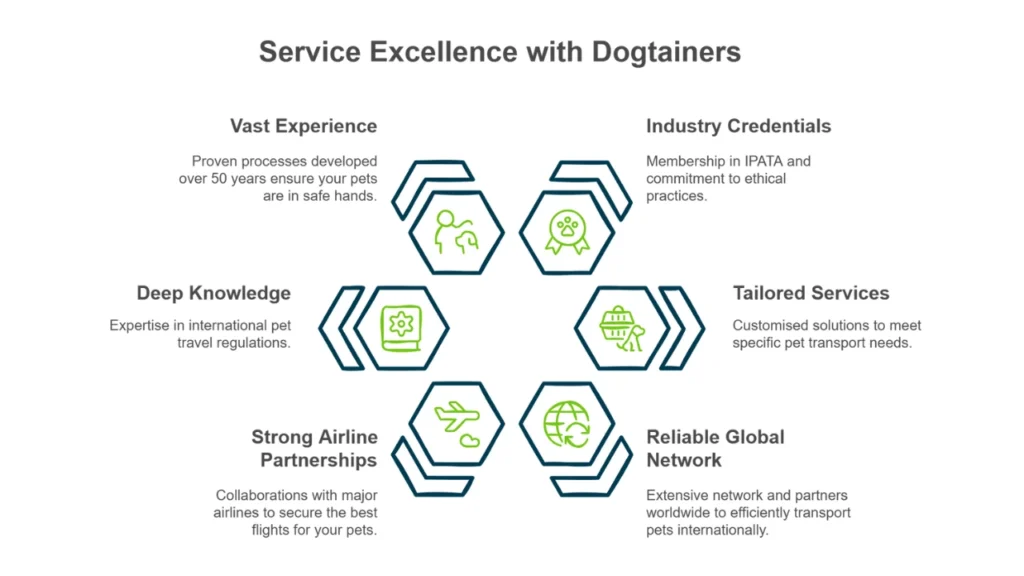
Our experts have been helping pet owners like you with international pet transport for over 50 years. We’re Australia’s oldest and most reliable pet transport company with:
- Vast experience
- Industry credentials
- Tailored services
- Reliable global networks
- Strong airline partnerships
- Deep regulatory knowledge
Conclusion
Bringing your pet to the UK from Australia may feel overwhelming at first. But with the right planning and expert help, the process can be as stress-free as possible.
The key steps include microchipping, rabies vaccination, parasite treatment, and obtaining a Pet Health Certificate.
Although the process requires patience, every step is designed to protect your pet’s health and safety. Starting early and staying organised is the best way to avoid delays, quarantine, or unnecessary stress.
We’re here to make your international pet travel experience safe, smooth, and stress-free.
Get your quote today for relocating your pet to the UK from Australia.

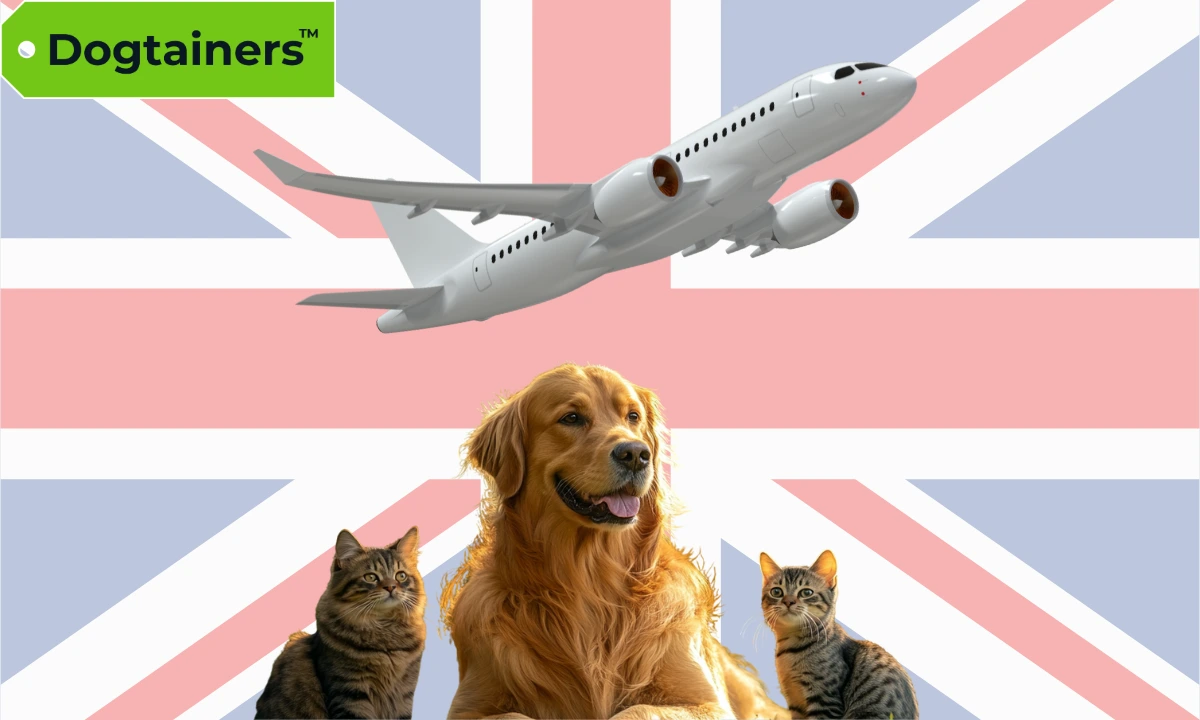
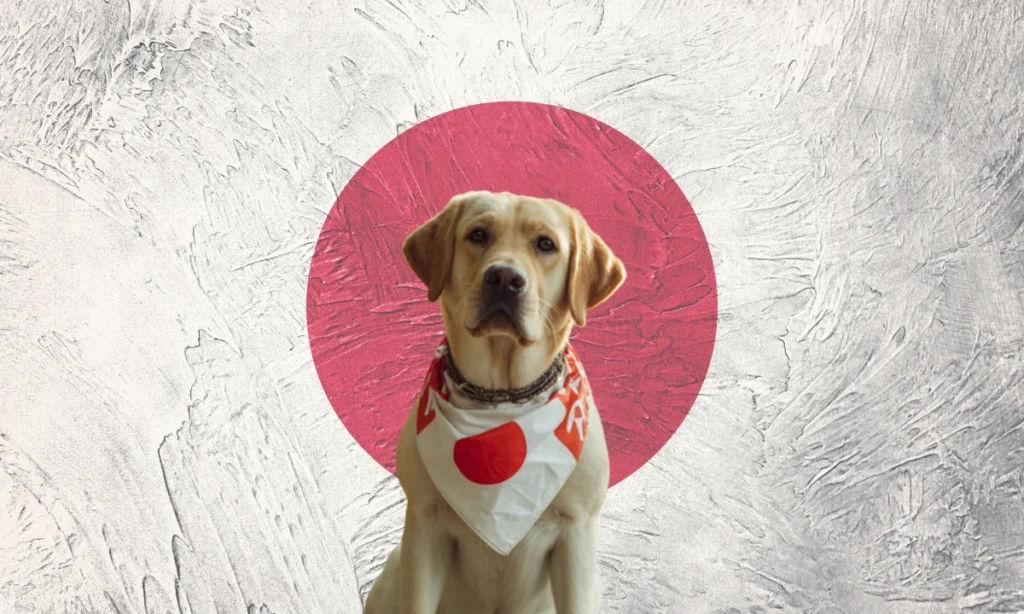
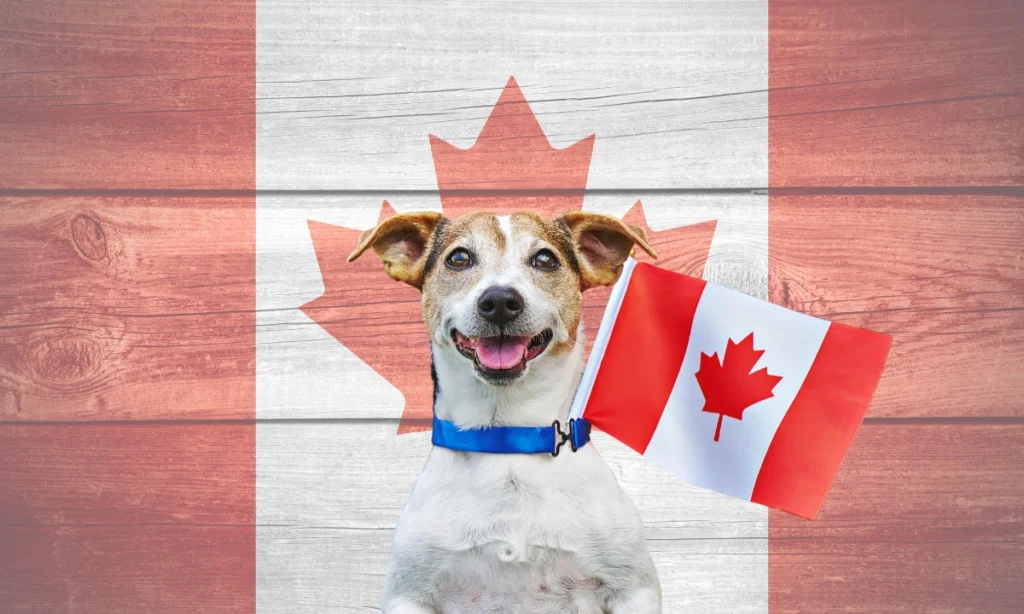
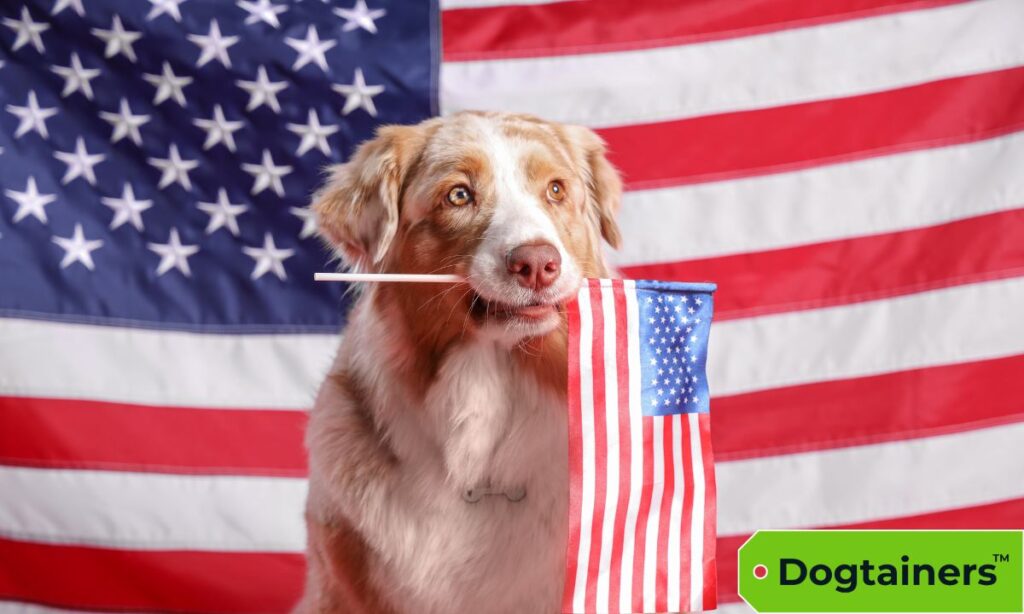
Share this article